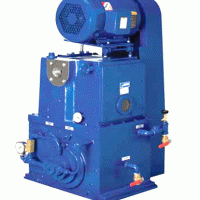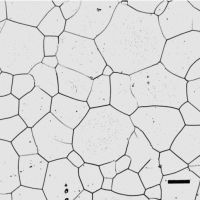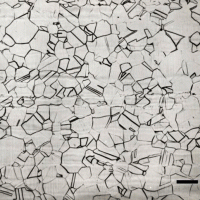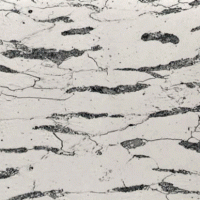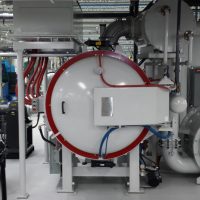Since oil sealed mechanical vacuum pumps started to be commercially available in the 1920s there have been many companies making this type of pump. The oil flooded rotary piston vacuum pump runs at a slow rotational speed and is a heavy duty design. It has been manufactured for about 85 years.
In the early 1900s these pumps were relatively small at up to 40 cfm capacity. By the late 20s and early 30s the industrial revolution was gaining steam and the manufacturers designed larger capacity pumps to suit new applications. By the 1940s rotary piston vacuum pumps were offered in capacities up to 700 cfm. They are known for the ability to keep on running despite ingesting all sorts of contaminants. Kinney claims to have introduced the world’s first rotary pump in 1904, two years after the company was founded. The Kinney document I have just says rotary pump but I presume it was a rotary vane design as other documents say the rotary piston pump design was introduced in about 1909. In 1926 their popular model was the VSD-8811, later to be the KS-47. Current large models are called the ”KT” series.

